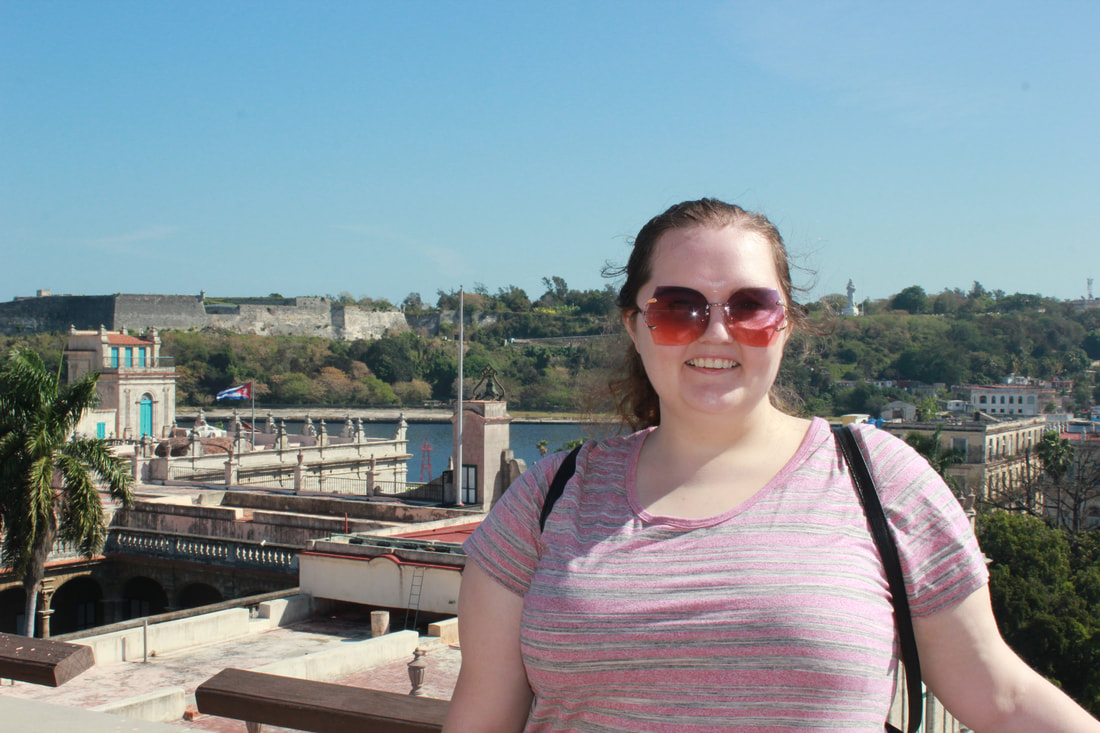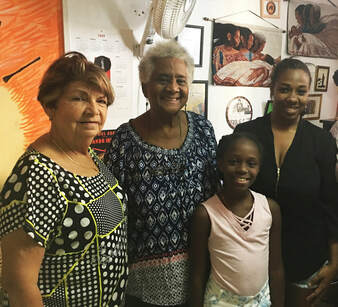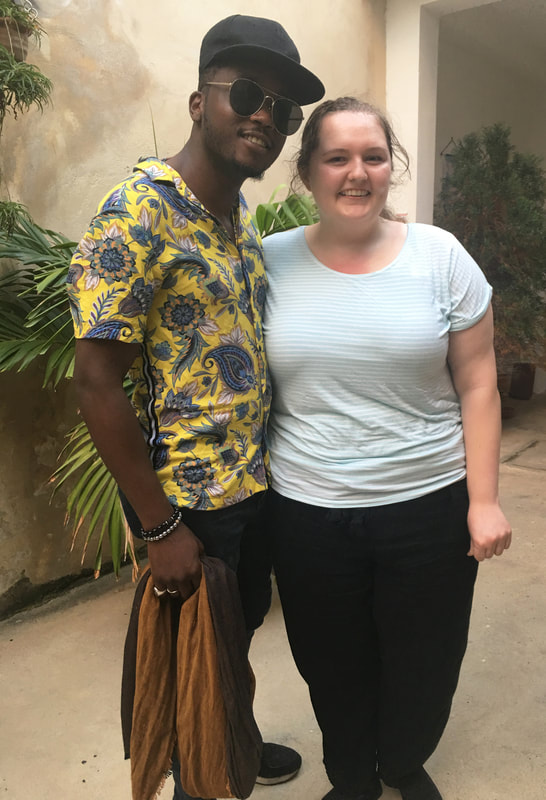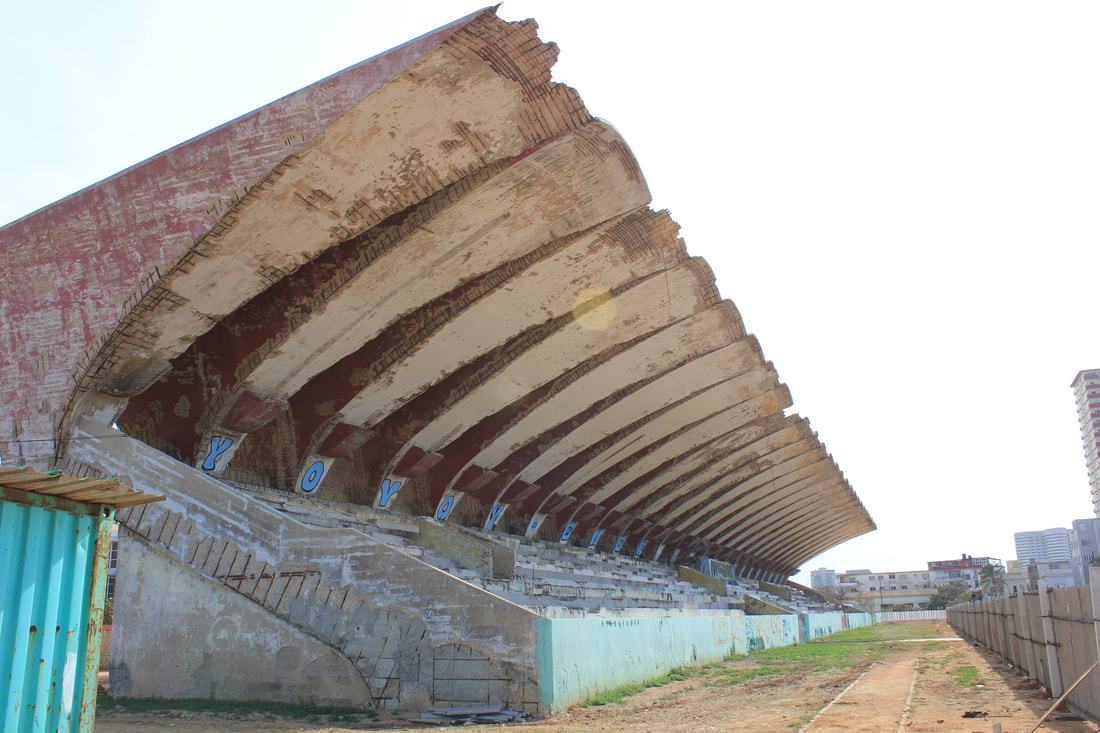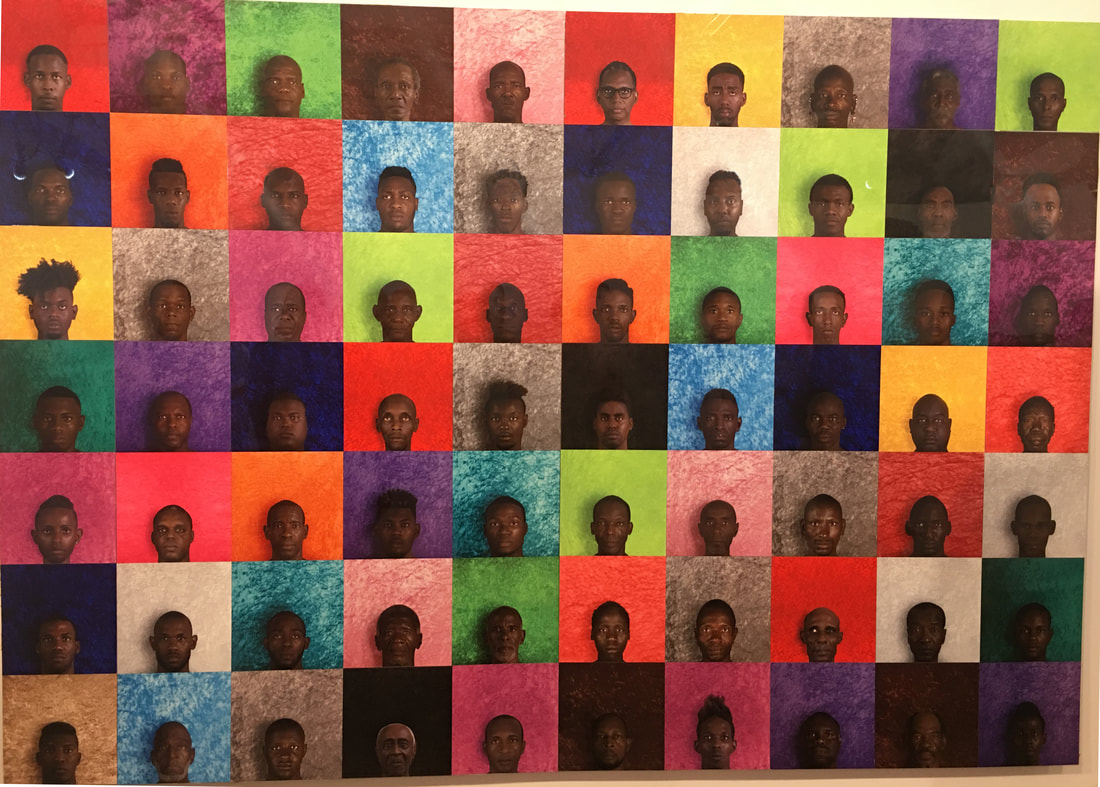In this way Cuban identity is allowed to peacefully coexist with religious affiliation, as long as you remember you are Cuban first. Being Cuban first was a common theme throughout the trip.
At 78, Martha stole the show with stories about “Mangos” or juicy women, and stolen kisses she had with a coworker she was pursuing. Her descriptions and reading of a poem she’d written her love interested had me in stitches. Religion with African Roots in CubaThe following meeting was at the community center of a Cuban artist Salvador Gonzáles Escalona. His center highlights the influences of slavery on Cuban religion, dance and art. The man who led me through the center was very clear that: “There is no African religion in Cuba, only Cuban religions with African roots.” The three main religions with African roots that still exist in Cuba today are Santería, Palo Monte, and Abakuá (a secret society just for me). Santería, meaning ‘worship of saints,’ combines elements from the African religion of the Nigeria’s Yoruba tribe with Catholicism. Many of the Santería gods, or orishas, bear a resemblance to Catholic saints. Because Santería exists in harmony with Catholicism, the most common religion in Cuba, the religion is popular. My favorite orisha was Changó, god of fire, thunder, music and dancing. His favored animal is the turtle, which is why he quickly drew my interest #TurtlesRock.
Cimafunk’s very name is derived from the term cimarrion, or a person who escaped slavery and fled into the mountains and caves in the Cuban countryside. Yet, he was reluctant to discuss either his own heritage as an Afro-Cuban or the influence on his music outside of “American culture” he heard on his uncle’s cassettes while growing up. He did, however, describe his music as “alternative fusion.” And if you visit his website it’s clear that fusion comes from a mix of Cuban music and African rhythms. My favorite quote from the conversation was - after a bit of back and forth where he seemed reluctant to discuss his heritage or musical influences but had admitted he got his start singing in church as a child - I asked if he still sang in church. Cimafunk laughed and said, “I left the church. I am the church now.” When I first spoke with him, he hadn’t yet visited the United States. But that won’t have lasted long as Cimafunk will be in DC performing in on Thursday in DC - and guess who got tickets?! The first thing you notice in Cuba is the colors. The lush foliage, the colorful clothing, the brightly painted old cars, the personalities and complexions of her people. My first day in Cuba was enlightening, to say the least. The surface culture that everyone talks about or notices - the poverty, the rundown architecture - it’s there. But there’s also a thriving culture of art, dance and music. After dropping my bags in my room, my first mission was to explore the local neighborhood in Vedado, a mostly residential area about an hour or so walk from Old Havana. I walked through the streets discovering priceless gems of gorgeous, well maintained buildings and equally run down ones as well. Some were restored and up kept on the outside, but were full of construction materials and sandbags on the inside - though throughout the week I would see the appearance of inhabitants possibly on upper floors. Other buildings right next door were in dire condition but clearly life continued on the inside.
I stayed at Fabrica until the early hours of the morning with two other graduate students. We danced and listened to the live band staring Adrian Berasain and I was introduced to the popular song Guantanamera. Meaning a beautiful girl from Guantánamo - no, not the American Naval base, the Cuban Municipality of Guantánamo.
It was the very early hours of the morning because at one point it went from midnight to 1 a.m. Aka a very unexpected time change considering it happened a full two hours earlier than my phone switched. Look this up if you don’t believe me - but the US has the time change at 2 a.m. and in Cuba it occurs at midnight. All in all, a wonderful and fairly unexpected first impression of Cuba. |
AuthorMy name is Hunter and this the blog of my worldwide adventures. The purpose of this blog is to show that you can be a traveler, not just a tourist. Archives
March 2019
Tags
All
|
Proudly powered by Weebly
